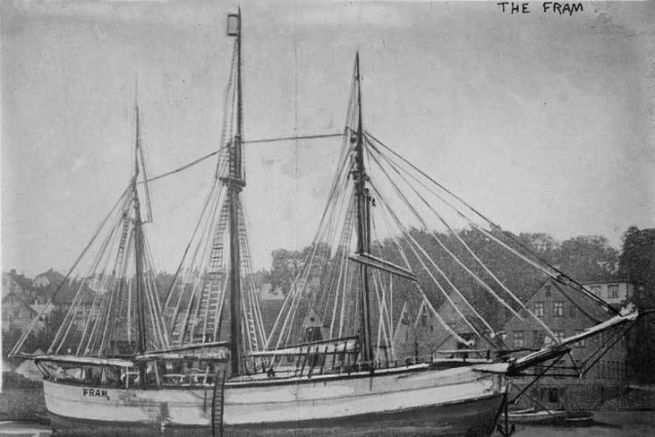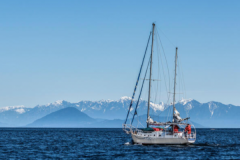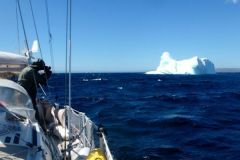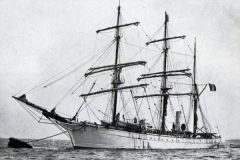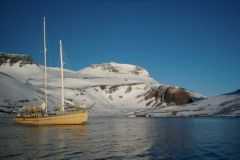Now on display at the Fram Museum in Oslo, to which it gave its name, the Fram is a schooner built in 1892 to the plans of Colin Archer, a renowned Norwegian naval architect. With a length of 39 m, 11 m at the master beam, 5 m draught, the vessel was 800 tonnes.
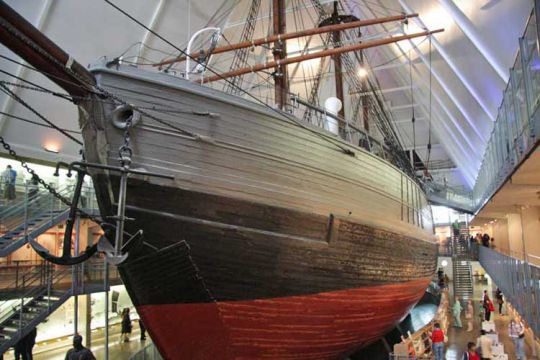
The strongest wooden boat of all time
Fram, which means "Forward" in Norwegian, was built to demonstrate the existence of an east-west Arctic current for Fridtjof Nansen, a famous Norwegian explorer. The plan was to let the ship get caught in the polar ice and then drift from east to west. The Fram was to provide shelter for its crew during the drift and withstand ice pressure. The Norwegian government financed it and many private donors for a considerable total of 340,000 Norwegian crowns at the time.
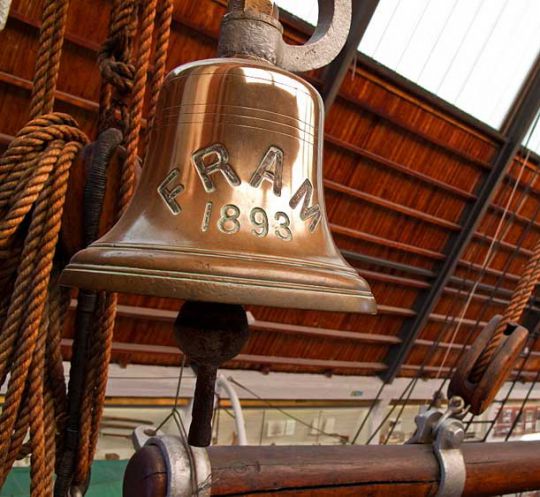
Three successful expeditions for this one ship
The Fram first experienced Arctic ice under Fridtjof Nansen in 1893 on its way to the North Pole. Then a second time with Otto Sverdrup (second from Nansen) for a tour of Greenland (mapped by him). Then finally Roald Amundsen used it during his expedition to the South Pole in 1910.
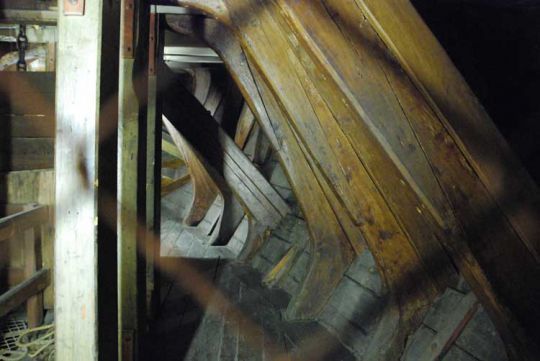
A double set of frames
The Fram was made according to a very serious construction. Each frame, made of oak, whose trees had been chosen for their shape, was doubled by a second, only 5 cm apart.
The oak wood, donated by the Norwegian government and initially intended for the war fleet, had been left to dry for 30 years in the shelter. Good lumber!
The keel was made of Oregon pine. The high resin content of this wood species guaranteed the keel against any risk of decay. The keel was doubled over the entire length of the ship by a second, placed inside. A steel lining reinforced the edge of the bow.
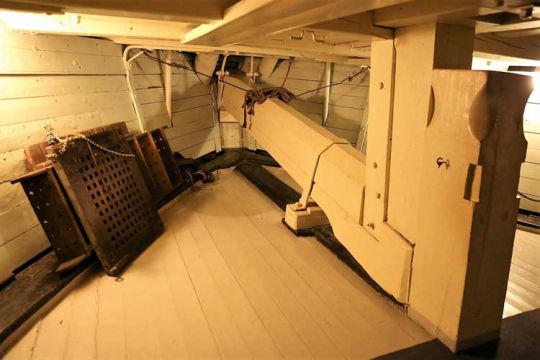
Quadruple thickness planking
The Greenheart was chosen for external hull reinforcements. This extremely hard wood (impossible to work with conventional tools) was a real "cuirass". Then came two layers of oak (double-sided) of 5 cm each and a thickness of Oregon pine on the inside.
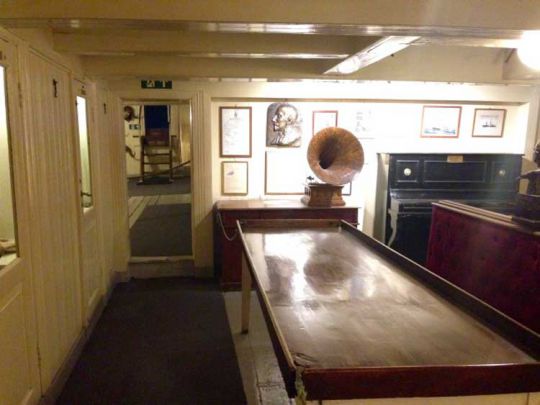
Careful insulation
The crew quarters, heated, had multi-layer insulation composed of thick felt, reindeer hair and cork balls mixed with tar, all under wooden panels. Apart from reindeer hair, we couldn't do better today.
A retractable rudder and propeller
The shape of the hull incorporated a kind of well that made the rudder and propeller accessible so that they could be pulled out of the water and preserved once the ship was caught in the ice.
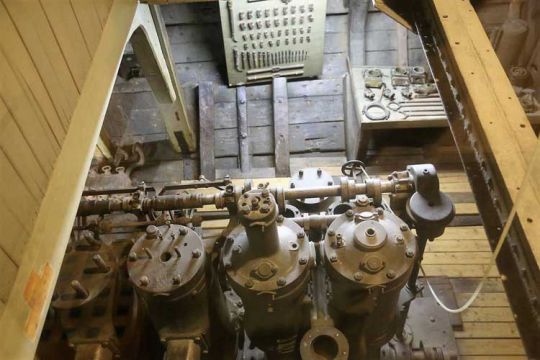
220V on board!
The electrical balance had not been neglected by the presence of a wind turbine and its generator as well as the powerful 220 HP engine that provided on-board lighting and charging of a fleet of lead acid batteries. A piano and a gramophone also provided some comfort on board.
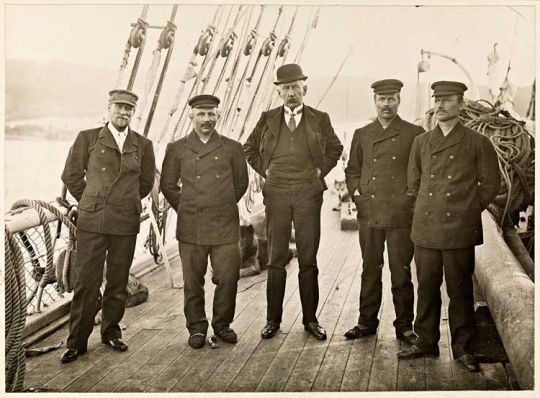
A heroic ship restored in the 1930s
The Norwegian government, with the help of the public, undertook after 1925 the complete restoration of the Fram in order to display it as it is still visible today in the museum bearing its name.
A boat that had conquered both poles during hazardous expeditions, in inhospitable and unmapped places, could not end up scrapping...
